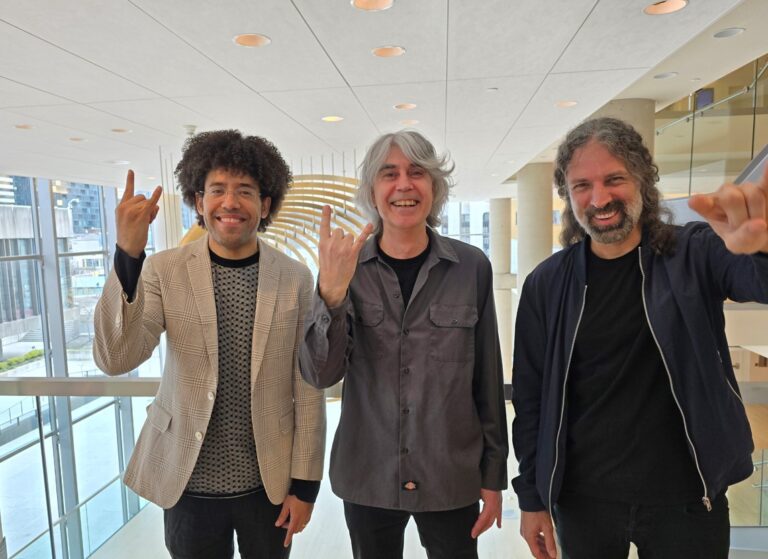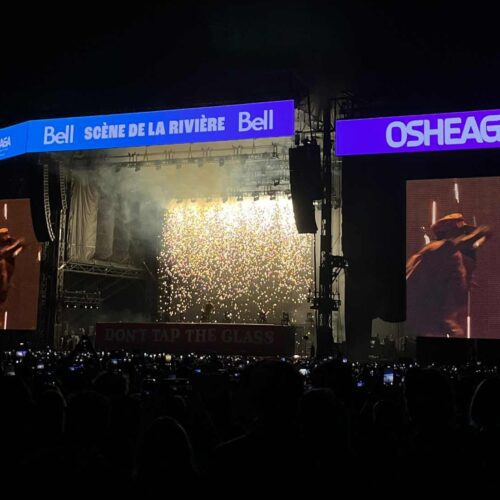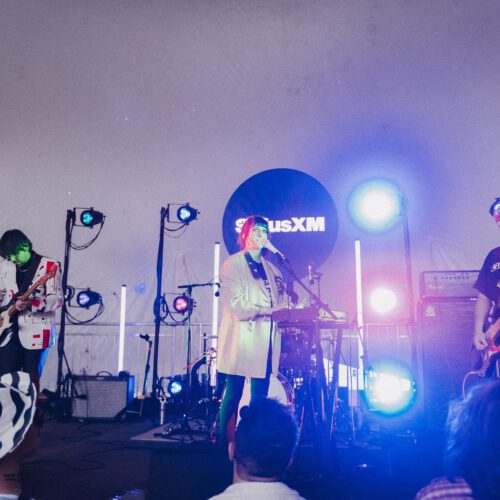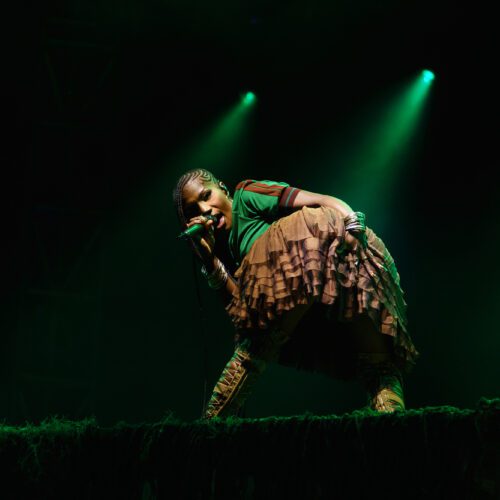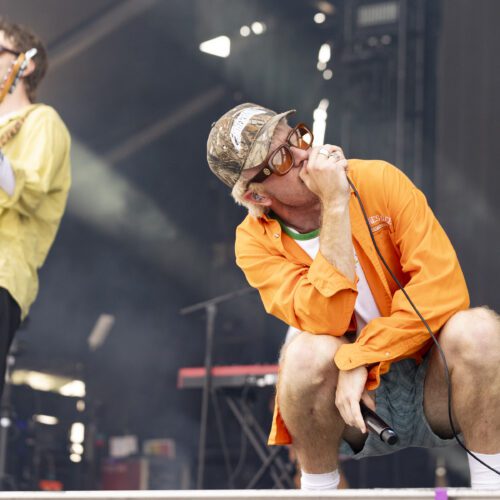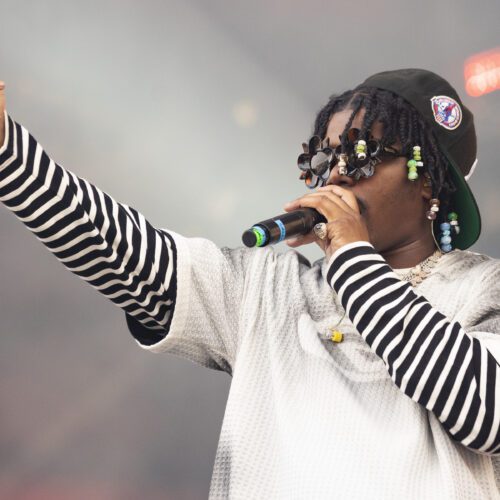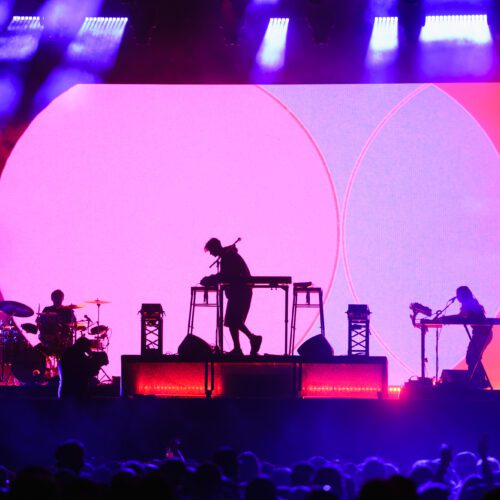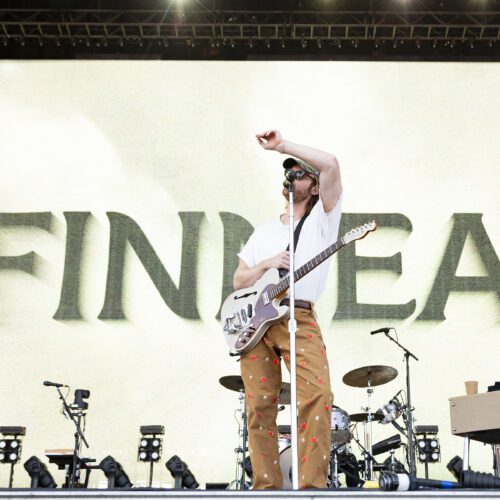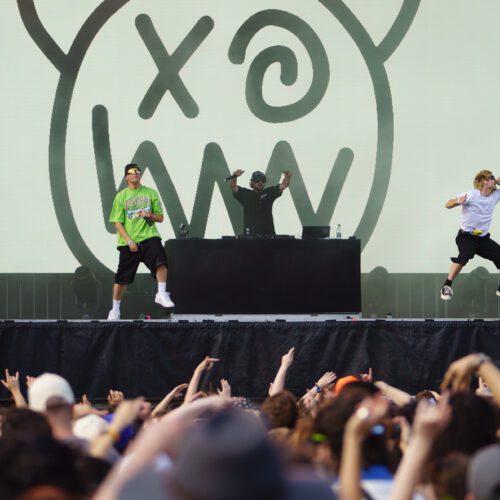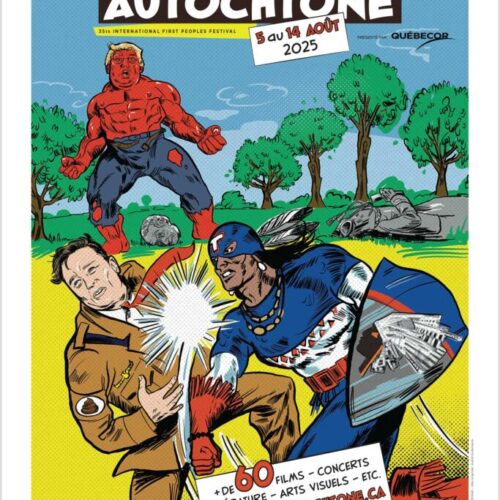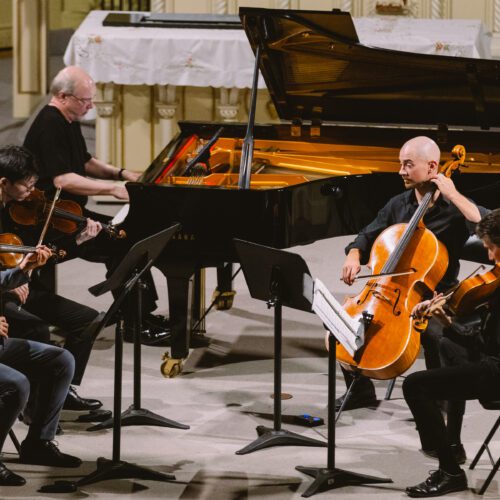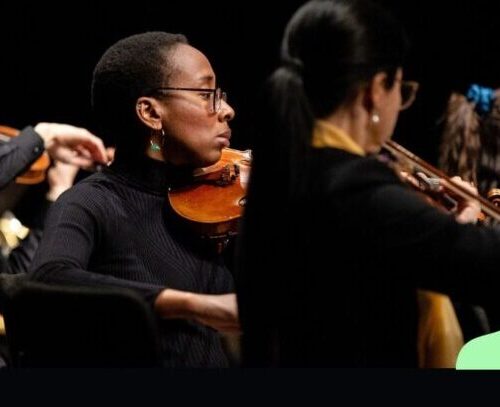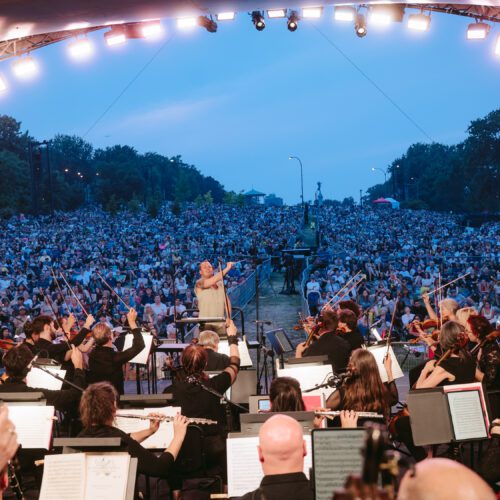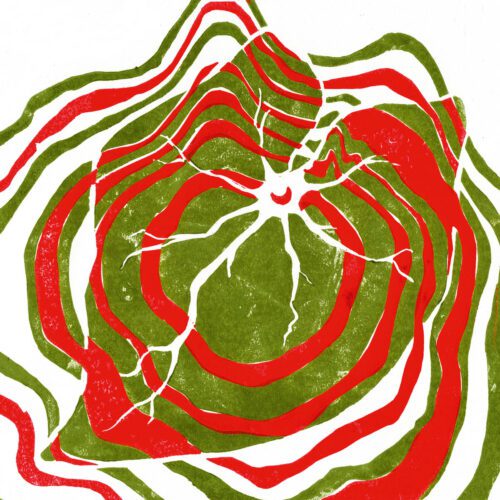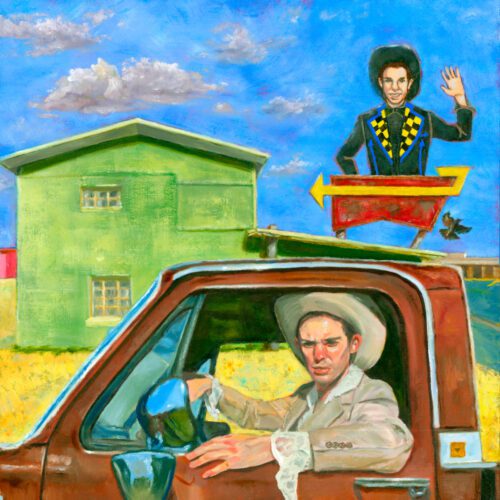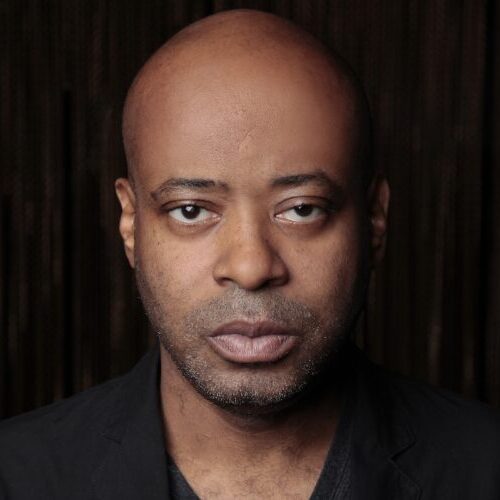On January 29 and 30, the world premieres of Voivod Symphonique take place, a rare public event that juxtaposes classical “high culture” with the underground world of metal. Yet there are many links between these two European traditions, both in terms of music and history. Nevertheless, even the most erudite of scholars, and orchestral musicians in particular, remain largely unaware of this connection. To demystify the context in which this extraordinary collaboration culminates, our collaborator and musicologist Laurent Bellemare offers a brilliant comparative overview of the similarities between these two worlds. This is the second part of his excellent dossier.
Back to complexity
For composer and conductor Pascal Germain-Berardi, also founder of the metal band Archetype, this belonging to the classical world can be explained by a cultural counter-attack:
“[Pop] was a reaction to trying to make simple music that everyone could listen to. A few years later, from the descendants of pop music, metal emerged as an ‘anti-pop’ current.”
In an environment where commercial music was seeking to break away from the elitist culture of classical and its contemporary forms, there was a natural attraction in drawing on complex, hermetic music to transgress new popular genres.
Moreover, Germain-Berardi underlines the impact of the socio-economic context in the equation: “Metal music emerged above all in the poor, proletarian districts of wealthy societies, where there was enormous economic effervescence. We were right in the middle of the ‘thirty glorious years’ in the United States and the English-speaking world. In the middle, we had poor neighborhoods where people didn’t touch this at all.”
The aura of revolt that runs through metal culture is said to be rooted in this sense of economic insecurity.
Symphonic metal or amplified orchestra
Since the 1990s, certain sub-genres of metal using orchestral sequences performed on synthesizers have become known as “symphonic metal”. Rhapsody of Fire, Nightwish and Dimmu Borgir are the best-known examples, but these bands represent the tip of the iceberg.
In contrast, many more obscure bands see this as a tasteless cliché and adopt an aesthetic that, consciously or not, brings them closer to the modern/contemporary classicism of the last century, through their extensive techniques and propensity for experimentation.
Percussionist David Therrien Brongo confirms that there is no consensus on the right way to drink in the Western classical universe:
“In Rhapsody of Fire, there are frequent references to Vivaldi, Bach and cycles of fifths. A simple classic in form and harmonization. On the other hand, death metal bands also make references to classical music – in Fleshgod Apocalypse, for example, there’s an orchestra, but it’s far from Vivaldi. Harmonically, it’s something else. Structurally, it’s something else.”
Indeed, one hears more and more of Igor Stravinsky or Gyorgy Ligeti in today’s extreme metal, which is not surprising given the dramatic effects this music seeks to stimulate. Understandably, the avant-gardism of modern and contemporary composers is perfectly compatible with metal’s gloomy aesthetic and aura of inaccessibility.
Germain-Berardi further explains that the main difference lies in the use of contemporary classical techniques for purely expressive purposes in metal, whereas in classical music we tend to see “study” works that exist solely to explore playing or compositional techniques:
“In metal, you always want to justify the sound, the sonority, the friction with an affect”.
Next: Underground Savant Music ?
